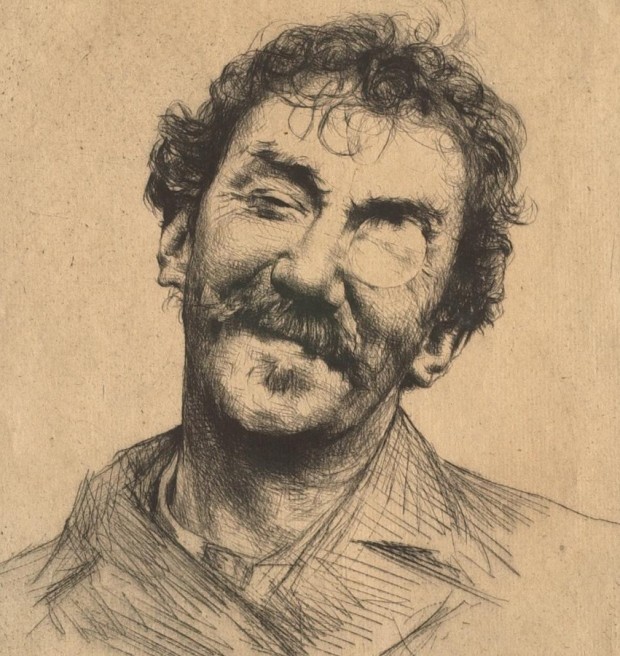The fashionables

A.N. Wilson on the new biography, Whistler: A Life for Art’s Sake
Bohemianism is inherently snobbish, because its practitioners believe they are more interesting than the conventional majority. Whistler made it his creed, to scandalise the middlebrow and middle-minded. His famous “aesthetic” lecture, “The Ten O’Clock”, claimed that art itself was a science. The lecture had a huge influenced [sic] on Marcel Proust, whose friend Robert de Montesquiou (model of the Baron de Charlus in In Search of Lost Time) was one of Whistler’s best subjects – Sutherland detects Whistler in Proust’s fictitious painter, Elstir.
But what went down well in Paris eventually irritated even the most aesthetic of Englishmen. Swinburne, who had raved about the young Whistler, came to feel his theorising was a confused jumble of “truths and semi-truths”. Swinburne’s friend Theodore Watts-Dunton thought Whistler “a bit of a charlatan”, a view that most of his English ex-friends came to share.
Does this spoil our enjoyment of the paintings? Not really. Whistler was no more quarrelsome than Caravaggio, whose life was a series of fisticuffs. We wouldn’t have liked him but this does not diminish the awe inspired by those moonlit renditions of the misty Thames.
